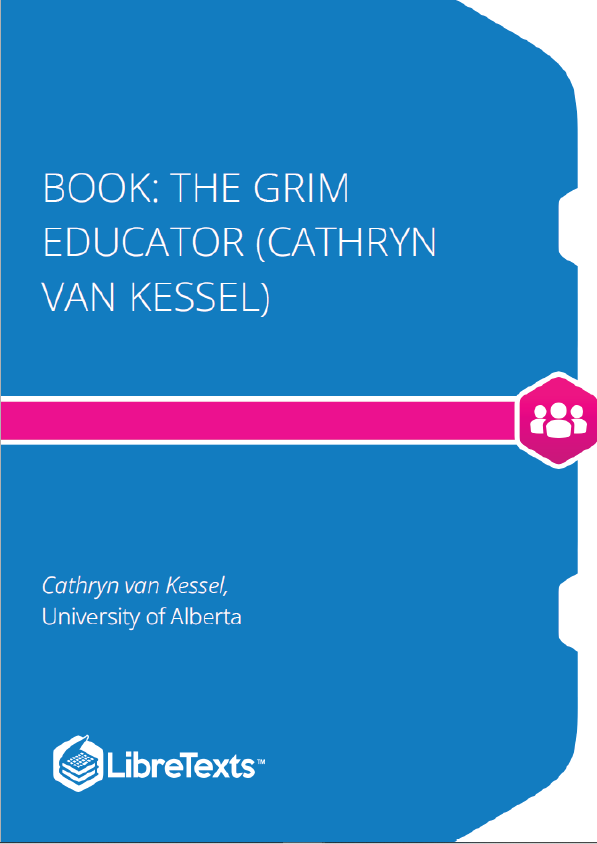This site is for educators (and anyone else) who may be interested in the ways that death and evil shape how we interact with others and shape our world. By engaging with the ideas of Hannah Arendt and Ernest Becker, as well as borrowing from terror management theory (TMT) in social psychology, we hope to provoke thinking about how our conscious and unconscious approaches to evil and death impact education (and our lives).
Canadian history is riddled with historical actors who were once idolized and have since been re-examined (in particular, the first Prime Minister of Canada, Sir John A. Macdonald). The tendency to focus on these individuals has seeped into prominent public discourses about how we memorialize these figures. How can we nuance the narratives that surround these historical figures without simply redacting the aspects of that narrative that are inconsistent with contemporary values? When considering efficiency v. effectiveness, is the tearing down of statues and the changing of the names of schools an effective solution or merely and efficient one?
Potential assignment: choose Canadian historical figure who has a monument in his or her name somewhere in Canada, and write a 250-word plaque that nuances the figure’s participation in her or his historical milieu.
Canadian history also has its fair share of historical figures who were once demonized and have since been redeemed. The leader of the Red River Rebellion, Louis Riel, is a prime example, but whether the rebellion is seen more positively today or more negatively by its contemporaries, “one [person] does not [a rebellion] make.” Consider the question above (once more) in this context: how can we nuance the narratives that surround these historical figures without simply redacting the aspects of that narrative that are inconsistent with contemporary values? How can the consideration of actors beyond the protagonist/antagonist contribute to this nuance?
Potential assignment: research one of the minor players in the Red River Rebellion—on either “side”—and write a letter to your MLA arguing for the creation/preservation of a monument for this individual.
Learning Objectives
The goal is to make a villain like Hitler seem less like an otherworldly monster, and more like a person we might encounter in our daily lives. This task is toward a greater goal of preventing atrocities and disasters in our time and context. By seeing Hitler as a person instead of a monster reveals an uncomfortable truth that many of us are capable of contributing to (or even instigating) horrendous actions.











